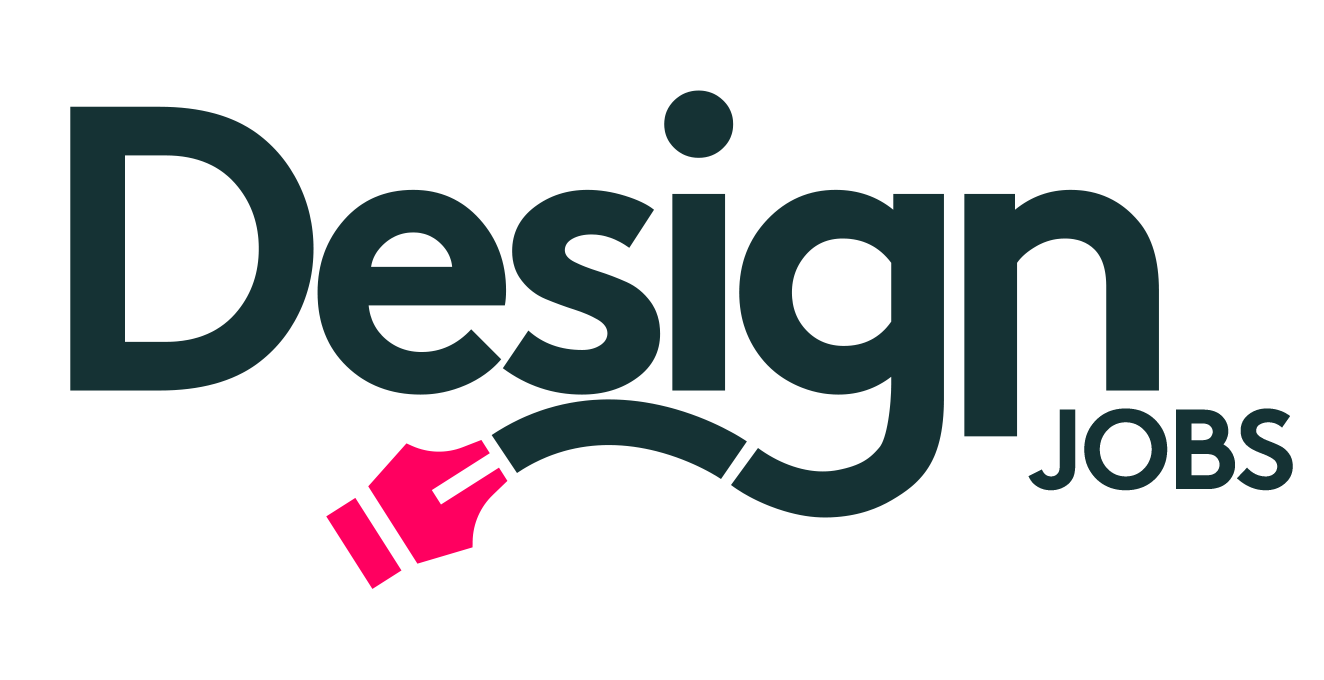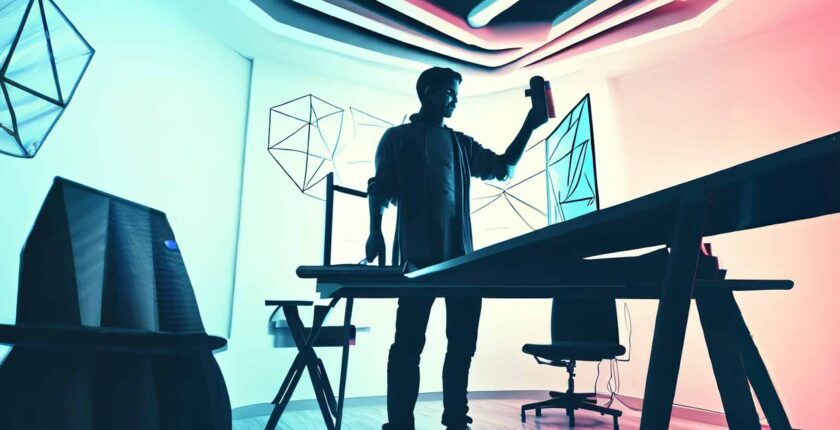The designer jobs of the future
Design has come a long way since the days of ink and paper. Over the past few decades, designers have had to grapple with many changes, like the rise digital design tools, and now, artificial intelligence (AI) is poised to change the field once more. So what does the rise of AI and other technological advancements mean for the designer jobs of the future? Let’s explore.
First, it’s important to understand what’s driving the rise of AI in design. Simply put, AI has the ability to automate many of the tasks that designers currently perform manually, allowing them to focus on more creative and high-level work. From font selection to image creation, AI can do it all, but this is just the beginning.
How AI is changing designer jobs
The most well known area of AI domination is the image generation field. Most designers are already familiar with tools like Dall-e and Stable Diffusion that can generate images based on text prompt inputs. It’s not too hard to imagine photographers and illustrators evolving into being more curation roles that production roles. By curating images they will utilise their taste and eye for good composition to select the right AI-generated images rather than creating the images from scratch.
Another area where AI is already making its mark is in digital product design. In the near future, designers will need to know how to work with AI in order to create more efficient workflows and ensure the products they design are competitive in the market.
Perhaps the most exciting potential application of AI in design is human-machine collaboration. AI can help designers streamline their workflows and make more informed decisions, while still leaving plenty of room for human creativity and intuition. This will require designers to become more data-oriented and comfortable working in complex technical environments.
As the role of AI in designing continues to grow, we can also expect to see new job titles and roles emerge. These could include positions like “AI integration specialist” or “design data analyst,” which would require a mix of design and technical skill sets.
Some other future designer job titles might include:
- Virtual environment designer
- Virtual product configurator
- Chatbot designer
- 3D printables designer
- Augmented reality interface designer
- Human-machine interaction designer
- Smart home environment designer
- Digital systems architect
So what does all of this mean for the future of designer jobs? For one, it’s clear that designers will need to be more tech-savvy than ever before. They will need to be comfortable with AI and other emerging digital technologies, and must be able to adapt quickly to new tools.
However, it’s also clear that the core skills of a designer, creativity, and problem-solving, will remain essential. Even as machines become more capable of handling technical aspects, a human’s touch in design will continue to be valued.
My prognosis
In the end, none of us know for sure what the designer jobs of the future will look like. What we do know is that they will likely require be a blend of technical and human-oriented skills. Those who can master both will be in high demand. For designers looking to stay ahead in their field, my advice is simple: stay curious and never stop learning. The field of design will continue to evolve at an ever-faster pace, and those who can adapt to these changes will thrive.


